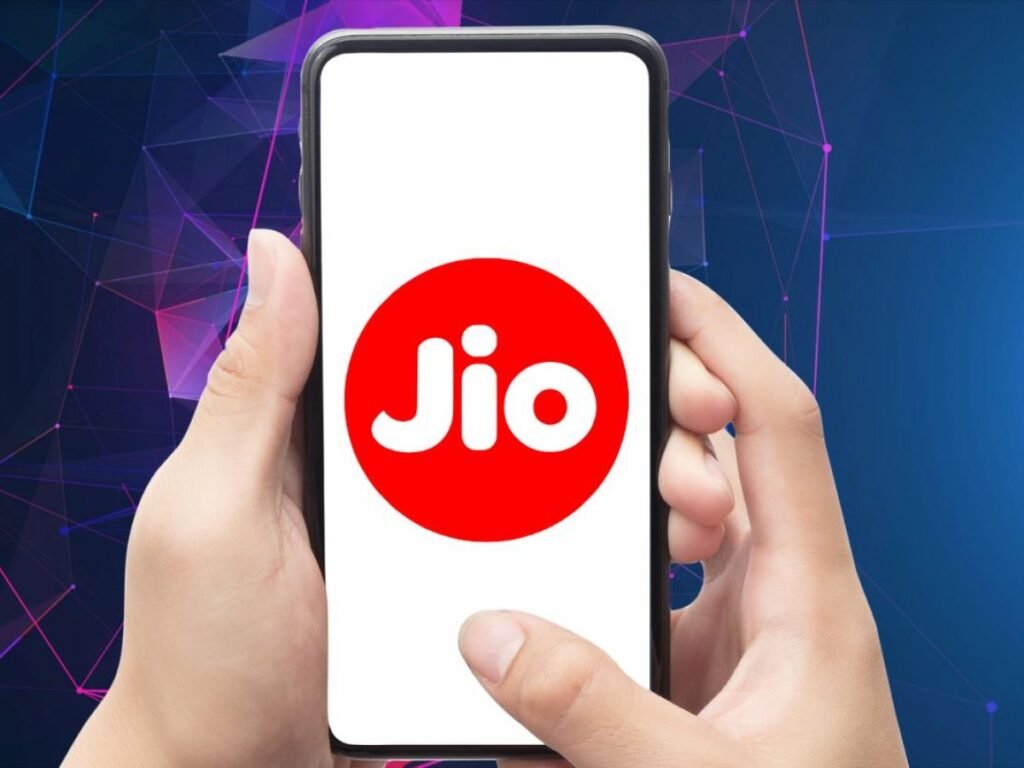Reliance Jio, the telecom giant that revolutionized the Indian market with its affordable data plans and widespread coverage, is set to increase its tariff prices. This move marks a significant shift in the company’s strategy, which has primarily focused on providing low-cost services to capture a massive subscriber base. The Jio increases tariffs come in response to rising operational costs and the need to sustain long-term growth and profitability.
On Thursday, Jio, owned by Reliance, announced a tariff hike of 12.5% to 25% and introduced new plans. In the recent Department of Telecommunications auction, Jio acquired additional 1800 MHz spectrum for Bihar and West Bengal, as Reliance Industries informed exchanges on Wednesday.
Background of Reliance Jio
Since its inception in 2016, Reliance Jio has disrupted the Indian telecom industry by offering free voice calls and low-cost data services. This aggressive pricing strategy led to a rapid increase in subscribers, pushing Jio to the top of the market with over 400 million users. The company’s impact forced competitors to lower their prices, sparking a price war that reshaped the telecom landscape in India.

Reasons for the Jio increases tariffsHike
- Rising Operational Costs: With the ever-increasing demand for data and the need to maintain a robust network infrastructure, Jio’s operational costs have soared. Investments in 5G technology, network expansion, and infrastructure upgrades are capital-intensive, necessitating a revision in pricing.
- Sustainability and Profitability: To ensure long-term sustainability and profitability, Jio needs to balance its growth strategy with financial stability. The tariff hike is a step towards achieving this balance, allowing the company to invest in new technologies and improve its services.
- Industry Trends: The Indian telecom industry has been witnessing a gradual increase in tariffs across the board. Competitors like Bharti Airtel and Vodafone Idea have already implemented price hikes to offset their financial challenges. Jio’s decision aligns with these industry trends and helps maintain a level playing field.
Impact on Consumers
The tariff hike is likely to have a mixed impact on consumers. While some may feel the pinch of higher prices, others might appreciate the improved service quality and network reliability that the increased revenue will support. Here’s a closer look at the potential implications:
- Cost to Consumers: For the average consumer, the increase in tariffs means higher monthly bills. This could lead to a shift in user behavior, with some opting for lower data plans or reducing their usage to manage costs.
- Enhanced Services: On the positive side, the additional revenue from the tariff hike will enable Jio to invest in better infrastructure, leading to improved network coverage and faster internet speeds. This could enhance the overall user experience, especially in rural and underserved areas.
- Competitive Landscape: The price hike might prompt consumers to re-evaluate their options and consider switching to other providers. However, given Jio’s extensive network and service offerings, it is likely to retain a significant portion of its user base.
Industry Reactions
The announcement of Jio’s tariff hike has elicited varied reactions from industry stakeholders. Analysts believe this move is a necessary step for the company’s long-term viability. According to telecom analyst Mahesh Uppal, “Jio’s tariff hike is inevitable given the current market dynamics and the need for sustainable growth. This will also encourage healthy competition and service improvements across the industry.”
Competitors, on the other hand, view this as an opportunity to attract Jio’s price-sensitive customers. Bharti Airtel and Vodafone Idea are expected to capitalize on this development by highlighting their own value propositions and potentially offering competitive pricing strategies.
Government and Regulatory Perspective
From a regulatory standpoint, the tariff hike aligns with the broader objectives of ensuring a financially healthy telecom sector. The Telecom Regulatory Authority of India (TRAI) has been advocating for rational pricing to maintain industry stability and promote fair competition. A TRAI official noted, “While consumer interests are paramount, it is equally important to ensure that telecom operators remain financially viable to continue investing in infrastructure and technology.”
Reliance Jio’s decision to hike tariff prices marks a significant shift in its strategy, reflecting the broader challenges and opportunities within the Indian telecom industry. While consumers may initially feel the impact of higher costs, the long-term benefits of improved services and network reliability could outweigh the immediate drawbacks. As Jio navigates this transition, the industry as a whole is poised for a phase of consolidation and growth, driven by sustainable pricing and enhanced service quality.
In the coming months, it will be interesting to see how consumers and competitors respond to this change and how it shapes the future of the Indian telecom landscape.
You might also be interested in – Reliance’s JioMart plans to enter quick commerce to compete with Blinkit, Zepto, and others